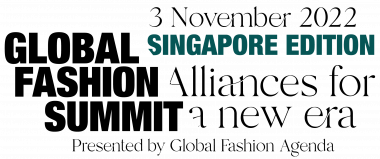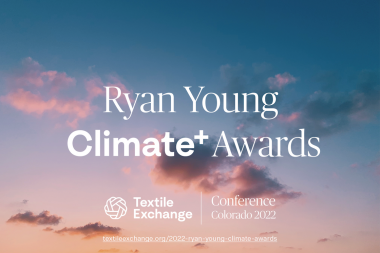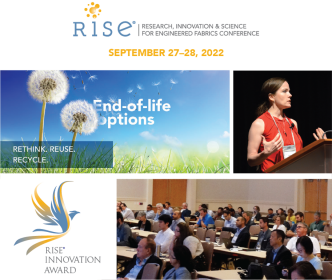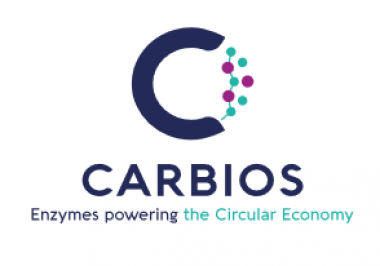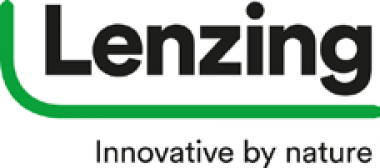Monforts at ITMA ASIA + CITME
Monforts will highlight its technologies for special technical textile applications at this year’s ITMA ASIA + CITME which takes place at the National Exhibition and Convention Center in Shanghai, China, from November 20-24.
One of Monforts' developments is the Montex 8500 XXL stenter system for the production of technical fabrics in widths of up to 6.8 metres. Among the products made on this system are treated nonwovens for the geotextiles and filter media markets, tarpaulins, advertising banners, black-out curtains, membranes and many more.
On Montex©Coat coating lines, meanwhile, the possibilities range from the single-sided application of finishing agents for outdoor clothing and adding functionality to home textiles, to the creation of materials for sophisticated lightweight construction and automotive and aerospace components.
“Many more applications are possible, such as the overdyeing of denim, the creation of double-face coated materials, fabrics awnings, tents and medical drapes and the pre-treatment of substrates for digital printing”, explains Gunnar Meyer, Monforts area sales manager for China. “A range of different doctor blades and their combinations can be supplied to meet individual requirements, including air knife, roller knife, foam, screen and magnetic roller coating. The latter option is recommended for lines with working widths of over 2.4 metres.”
In addition, Monforts can provide the necessary explosion-proof ranges for solvent-based coatings and high temperature processes up to 320°C, such as the PTFE coating of nonwoven filter material. These lines are equipped with special burners, stenter chains, and insulation.
Monforts A. Monforts Textilmaschinen GmbH & Co. KG ITMA Asia + CITME nonwovens geotextiles
A. Monforts Textilmaschinen GmbH & Co. KG / AWOL Media









